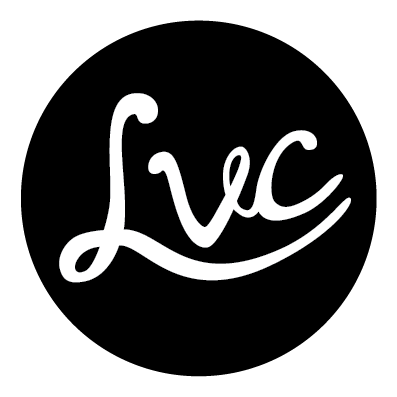How successful Google Ad campaigns are made
Here at Little Village Creative, we’ve worked with plenty of businesses to help them win big with their digital marketing. But if you’ve never run a Google Ads campaign before, it can be a bit daunting and difficult to know where to start.
Never fear, that’s why we’re here to help put your mind at ease.
Here’s the LVC low-down on what Google Ads has to offer and our process for creating creative Google Ads campaigns that work hard for our clients.
How does Google Ads work?
‘Google Ads’ is synonymous with Adwords, but in reality, it’s a platform that allows you to do a whole lot more by targeting your audience through paid search, shopping campaigns, display banners, re-marketing campaigns and dynamic ads.
So, where to begin?
1. Start with the end goal in mind
Understanding what needs to be achieved is fundamental to running a successful Google Ads campaign. Forget measuring vanity metrics such as clicks; this is where you need to focus on real business outcomes.
The kinds of goals we’re talking about might be:
Increase in online sales and/or revenue (if you’re an online retailer)
Increase in trial sign ups (if you sell a subscription-based product like software, training programmes, meal plans etc.)
Driving inquiries via the website (if you sell a service)
Once we know what our objectives are, we can plan out the campaign strategy. In addition to Google Ads, this may include other channels both online and offline, such as social media, print, TV and more.
2. Plotting the course
When we plan a campaign, we consider the client’s objectives, target audience and budget and from there, decide what mix of activity (search, shopping, display, retargeting and/or dynamic campaigns) is likely to deliver the best result.
3. Getting the foundations right
Setting up the Google Ads campaign correctly from the get-go is crucial. The structure of the campaign should be based on the goals we want to achieve and the strategy we’ve set out.
For example, if we are targeting multiple geographic locations, it’s important that we split out the campaign in Google Ads based on this so that we can track results and optimise for each region we target. Splitting out the campaign in this way also helps us with ongoing management and reporting.
Campaign structure is also a factor that influences Quality Score, the metric that Google uses to assign rank in the search results process — another reason it’s so important for us to get this right.
We’ll also make sure we’ve integrated the Google Ads account with Google Analytics. Google Analytics helps us gather additional data around revenue, traffic flow throughout the website, website content performance and assist conversions (conversions that happen when a lead sees the ad in one media channel but converts through another).
4. Choosing the right keywords
This is where we put our thinking hats on and consider what terms and words a potential customer might use. We’ll also use Google Keyword Planner, Google Trends and other third party tools to build a list of keywords for our campaign.
At this point we’ll finalise our bidding strategy. Google Ads works like an auction, and you’ll want to go about your bidding in the right way to increase your chances of appearing in the right spot. This is a very complex part of the Google Ads set up and getting it right from the start can save a lot of hassle later on.
If we’re working on a large account with thousands of keywords, we’ll consider where and when automated bidding could help us manage our campaigns and make sense of the enormous amount of data generated.
5. Getting creative
Getting the creative right is crucial to the success of any campaign. From a creative perspective, we have a few important things to think about.
Ad copy
Banner or image assets (if we’re doing a display or dynamic campaign)
Video (if this is part of our campaign)
Campaign landing page
For a full list of Google Ad formats, see here.
First, we make sure that we have a creative angle that aligns with our campaign strategy and will appeal to our target audience. We challenge ourselves to push the boundaries and think of messaging that will stand out and speak to the right audience amongst a sea of same-same results on a search page.
From there, our expert creatives get to work, crafting copy, banners and images. We’ll also make sure the client’s campaign landing page looks great and is ready to convert once the traffic from our campaign starts to hit. Once everything is ticked off and checked, we’re ready to go live with our campaign.
6. Keeping a close eye on performance
There’s no set and forget when it comes to digital marketing campaigns. With Google Ads, we’ll gather data and continually monitor, analyse and tweak a campaign to ensure it’s as effective as possible.
For example, we may find that over a few weeks, a particular creative message works better than another, so we’ll implement it across more ad groups. We may pick up on trends and insights, and that gives us the power to tweak our strategy accordingly.
7. It’s all about the numbers
Regular reporting is a crucial part of any Google Ads campaign we run, but it’s not just about spitting out the numbers. Instead, we take the time to distill the results and present the results in a way that’s relevant and meaningful to our clients. We’ll also outline recommendations as to how the campaign could be improved, which may mean action items for us or our client.
Ready to make your Google Ads campaign a success? We’re always up for a chat. Get in touch with us here.


